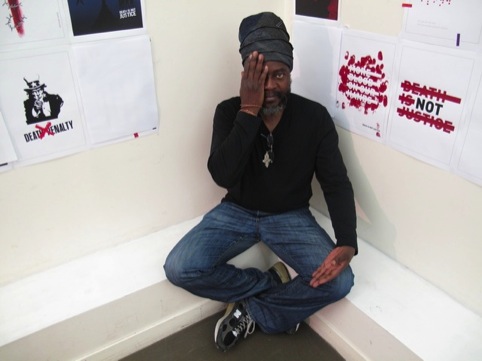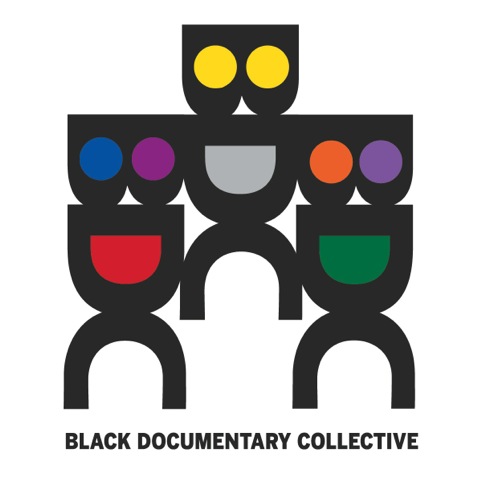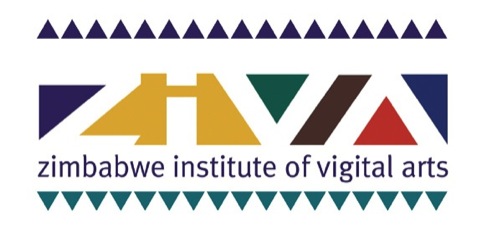Four Corners – an interview with Saki Mafundikwa

This month we take a trip to ‘The Motherland’, Africa. A continent, that certainly earns its status as the cradle of civilization due to the fact that most scientific research points to this as being the place of where Man first originated.
Historically, evidence of African art and design can be found within almost all cultures and societies across the world. From the tribal, geometric and abstract forms that inspired the paintings of Picasso and the roots of Modernism to the ancient Adinkra symbolism that is reflected in many European decorative design elements and fabrics.
For those of you unfamiliar with Adinkra symbols, they are a comprehensive lexicon of visual icons created by the Akan people of Ghana and Gyaman people of Cote d’Ivoire in West Africa and devised to communicate proverbs.
They are just one of the many African writing systems that were highlighted by the distinguished Zimbabwean graphic designer, Saki Mafundikwa in his landmark and definitive book on the subject, Afrikan Alphabets.
And as this month celebrates the anniversary of Zimbabwe’s Independence, I can think of no more fitting designer to introduce to you today.

Source: Aahn Sang Soo
Saki Mafundikwa, founder and director of the Zimbabwe Institute of Vigital Arts (ZIVA).
What’s your background?
I’m Founder and director of the Zimbabwe Institute of Vigital Arts (ZIVA), a graphic design and new media training college in Harare. I was educated in the USA, with a BA in Telecommunications and Fine Arts from Indiana University and an MFA in Graphic Design from Yale University. I returned home in 1998 to found ZIVA after working in New York City as a graphic designer, art director and design instructor. My book, Afrikan Alphabets: the Story of Writing in Africa was published in 2004. My first film, Shungu: The Resilience of a People – a feature-length documentary – had its world premiere at 2009’s International Documentary Film Festival Amsterdam (IDFA). It won the prestigious Ousmane Sembene Award at Zanzibar International Film Festival and Best Documentary at Kenya International Film Festival, both in 2010.
How did you get started in design?
I was a talented child and was always drawing, which led my father (a school teacher) to buy me a drawing book, crayons and water colours. I grew up in colonial Rhodesia and for Afrikan kids, art was not offered as a subject in the curriculum. So I taught myself drawing through observation. I looked everywhere: nature and everyday life. I drew my father’s charts for his history, geography and science lessons and discovered that I enjoyed lettering the most. It was only after my arrival in the States in 1980 that I discovered graphic design! I talked my way into the department without a portfolio. I never looked back.

What challenges did you face in getting into the industry and achieving your ambitions?
After grad school, I moved to New York and worked for a black-owned ad agency. They had hired me my last summer of grad school so I never went through the process of hunting for a job. I learned a lot on that job but after a while, the work wasn’t challenging enough so when they laid me off during a slump in business, I struck out on my own, freelancing for a variety of clients. I did a lot of book design, album and cd design and anything else that came my way. The main challenge I faced in those days – at least I thought it was a challenge – was I was always typecast! I always got ‘black’ projects from mainstream clients. Soon however I realised that it wasn’t such a bad thing because of the sensitivity I gave the work. I came to the conclusion that, in a predominantly white industry, to be called upon to create work for your own people is a source of great pride. Design is not very well understood in the black community, so to be able to create work the people could relate to was quite inspiring. This way, I felt, I could help our people understand and appreciate good design. One can draw from our rich cultural heritage in a subtle way and when the audience ‘gets it’, well, there’s no better feeling!

Who are your greatest inspirations and influences?
My source of inspiration can come from anything or anywhere. Everything around me comes into play by keeping an open mind. My work has been influenced by a I draw my inspirations and influences from the great Afrikans from all forms of creativity. Bob Marley, Fela Anakulapo Kuti, Jimi Hendrix, Otis Redding, Kwame Nkurumah, Marcus Garvey, Malcom X, Cheikh Anta Diop, Franz Fanon, Patrice Lumumba, Thomas Sankara… there are many! The ancient Afrikans of antiquity who created civilization, mathematics, science and invented the alphabet in Egypt… yes, we have a glorious past and we can – no, make that SHOULD – learn from them. They are a source of great pride and inspiration and their accomplishments and contributions must be part of every curriculum in every school from grade one.
What is the project you are most proud of?
My Afrikan Alphabets book! As you can see from the previous question, I am a researcher and historian, especially OUR story! There should be more books, especially for the young ones, and our students. We keep talking about design being Eurocentric but without resources like textbooks about and by us, how do we expect the young ones to ‘get it’? We got it through years of study and research. We must provide them with the resources.

What would be your dream job or project?
A design textbook for Afrikan students on the continent and in the diaspora. This would be a dream come true. I have already begun work on this project.
Please name some people in your field that you believe deserve credit.
All the Afrikans who invented writing systems whether living or dead. These people rendered the commonly held belief that Afrika had no writing, (the dark continent myth) moot. The two professors at Indiana University who took a chance on me and admitted me into the graphic design department without a portfolio: Professor Tom Coleman and Professor James Reidhaar. The head of department at Yale University School of Art, Alvin Eisenman is the one who pointed me in the direction of writing in Afrika when I was applying for admission to the Masters programme there. I had some amazing teachers along the way, and the best one is Bradbury Thompson who is the most humane and caring teacher I’ve ever had.
What’s your best piece of advice for those wanting to follow in your footsteps?
Always keep an open mind, if you don’t you block some blessings that might be meant for you. As the original people, children of the sun, we have such a rich bounty of inspiration: our music, dance and art – they are all connected, there is no separation. Sankofa: learn from our rich past in order to inform our lives today and the future.

What’s next for you?
I have made the transition to film-making seamlessly and am working on my second documentary, which should be out by year’s end. I have a piece of land outside of Harare where I do organic farming, rear cattle and goats and would like to put up some greenhouses for horticulture. I see a strong connecting line between all the things I do. The design school I run in Harare, the books I write, the films I make and the organic farming – they are all connected. Each one informs the other.
|
Network:
THE U.S: Lois Mailou Jones – A Life in Vibrant Color: Born in Boston in 1905 and trained at the School of the Museum of Fine Arts, Boston, Loïs Mailou Jones began her career at a time when racial prejudices and gender discrimination were strong in American culture. This exhibition surveys the vast sweep of Jones’s seventy-five years as a painter stretching from late Post-Impressionism to a contemporary mixture of African, Caribbean, American and African-American iconography, design and thematic elements. Exhibition Hall at Schomburg Center for Research in Black Culture. From 19 April through to 29 June 2013. For further information, go to http://www.nypl.org/events/exhibitions/loïs-mailou-jones-life-vibrant-color
THE CARIBBEAN: International Reggae & World Music Awards (IRAWMA), established in 1982 acknowledges and honors the accomplishments and contributions of reggae and world music artists, including: songwriters, performers, promoters and musicians. For more information call: 954-251-1643 Or visit: www.irawma.com AFRICA: Marketing Indaba The fourth annual Marketing Indaba Conference, will take place on 15 and 16 May in Cape Town. And in Johannesburg on 29 and 30 May. For more information visit http://www.marketingindaba.com EUROPE: POINT is a two-day International design conference in London, which aims to celebrate “excellence in design and its influence in contemporary culture and society”. Featuring over 40 top speakers, the conference’s start-up theme is ‘authenticity’. 2-3 May at RIBA. 66 Portland Place, London W1B 1AD. For more information and speaker line-up visit www.pointconference.com Alan Fletcher’s Colophon Presented by the Wynkyn de Worde Society and St Bride Foundation. This talk is based around Fletcher’s largely unknown series of books Monographica, and hopes to give some context to their creation whilst at the same time offering an overview of Fletcher’s fifty-year career. Thursday 9 May 2013 at 7.00pm In the Bridewell Hall, St Bride Foundation. Tickets: £15.00. Friends of St Bride Library: £12.50. Students: £10.00 (bring NUS card). For tickets visit http://www.eventbrite.com/event/5560798498 |
|---|
Jon Daniel is a London-based independent creative director, designer and curator. For more information visit his website at www.jon-daniel.com or his blog at www.visual-intellectual.com.





What an inspiring interview. Thank you so much for sharing your experiences in the industry. I have often wondered about the challenges artists face in having to both reflect African iconography with authenticity yet simultaneously escape the stereotypical ‘black’ project label that mainstream clients often demands of them. This interview fills me with hope. I wish you every success in the future. This 4Corners is a great initiative. Peace.